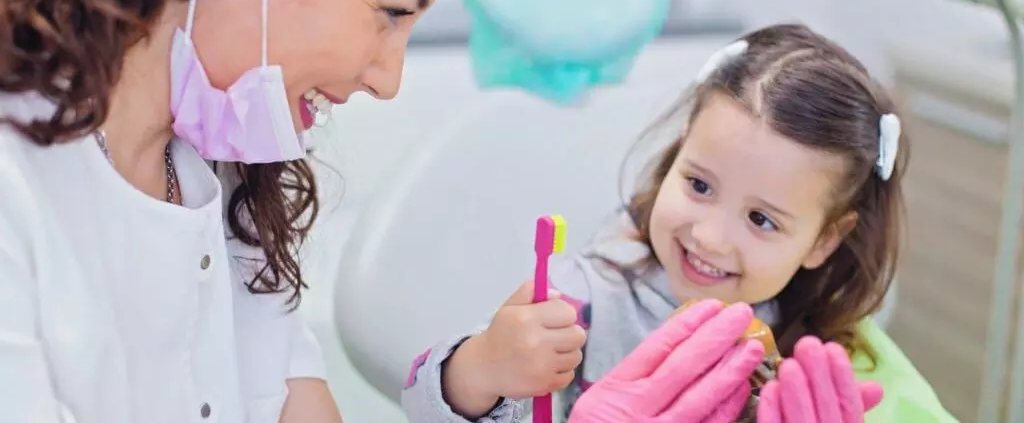Novel Anesthetic Patch Reduces Pain from Dental Injections in Children, reveals study

Researchers have found that a novel experimental anesthetic patch significantly reduces pain from local anesthetic injections during dental procedures in children. This study examined the tolerability and clinical efficacy of the new formulation patch, comparing it with an experimental gel and a placebo gel to assess their impact on pain control during local anesthetic injections in pediatric patients. The study was published in the Journal of Clinical Medicine by Gianmaria Fabrizio Ferrazzano and colleagues.
One of the main causes of fear and anxiety during dental sessions, particularly in children, is the injection of local anesthetics. To address this, topical anesthetics can be applied to minimize discomfort. This study aimed to evaluate the pain-reducing effects of an experimental anesthetic patch, previously tested in gel form, to better manage pain during dental injections.
The study involved 150 children, aged 4 to 9 years, and utilized a split-mouth procedure to test three different pre-anesthesia methods: a placebo gel, experimental gel, and experimental patch. Each method was used within a week of each other. Injection pain was measured using the Wong-Baker Faces Pain Rating Scale (WBFPRS) and the Face, Legs, Activity, Cry, Consolability (FLACC) scale. Caregivers’ satisfaction was also recorded. Data were analyzed using one-way ANOVA-RM, Wilcoxon-Mann-Whitney, Mann-Whitney U, and χ2 tests.
The key findings of the study were as follows:
-
The experimental patch was associated with significantly lower pain ratings in children during local anesthetic injections, as assessed by both the WBFPRS and FLACC scales.
-
In contrast, significantly higher pain ratings were observed with the placebo gel.
-
Patients’ caregivers reported greater satisfaction with the use of the experimental patch, indicating their preference for this method.
The results suggest that the novel experimental anesthetic patch is a promising option for reducing pain during dental procedures in children. The patch showed superior efficacy compared to the placebo gel and experimental gel, providing an effective method for pain management without any reported local or systemic side effects.
The study concludes that the use of the experimental anesthetic patch is an effective strategy for minimizing pain during local anesthetic injections in children, both subjectively and objectively. The patch is well-tolerated and improves the overall dental experience for pediatric patients, suggesting its potential for broader use in pediatric dentistry.
Reference:
Ferrazzano, G. F., Di Fabio, G., Caruso, S., Gatto, R., Goyal, V., & Caruso, S. (2024). Clinical efficacy and tolerability of a new experimental mucoadhesive patch for topical anesthesia of oral mucosa in pediatric dentistry. Journal of Clinical Medicine, 13(6), 1558. https://doi.org/10.3390/jcm13061558



